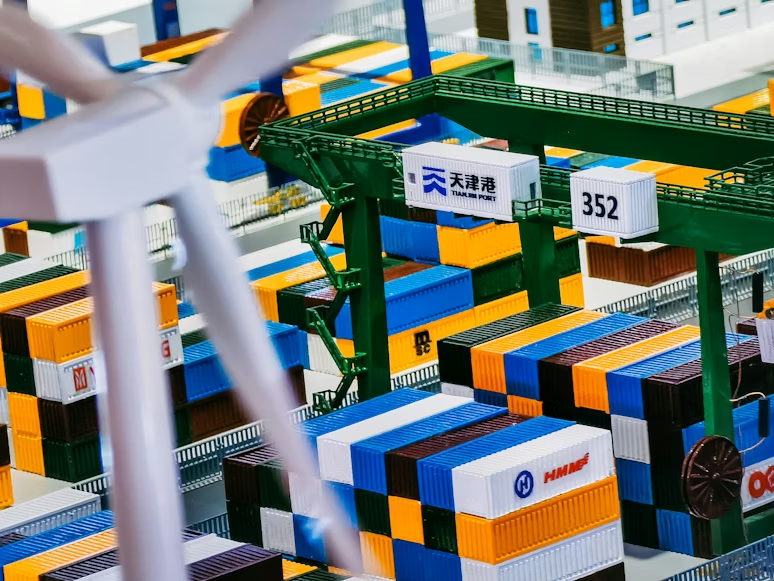Recent developments suggest that luxury brands are adjusting their strategies amidst changing economic conditions.
While luxury goods have traditionally been viewed as recession-proof, recent trends indicate a shift in consumer behavior. High-end products like handbags and jewelry, once considered long-term investments even during economic uncertainty, are now facing challenges.
One notable example is Farfetch, an e-commerce platform that struggled for the past year amid rumors of bankruptcy. However, a recent acquisition by South Korean company Coupang injected $500 million into Farfetch, offering a lifeline to the company. This development highlights the volatility in the luxury sector and serves as a cautionary tale for overestimating long-term demand.
Farfetch’s experience is not unique. Other luxury brands, buoyed by increased discretionary spending during the peak of the pandemic, are now experiencing a slowdown. Analysts anticipate fluctuations in the coming months, partially offset by a year-end boost, reflecting evolving consumer preferences and budget constraints.
HSBC Global Research analysts predict a mixed outlook for luxury giant LVMH, which owns brands like Louis Vuitton and Dior. While some rebound is expected in the fourth quarter, the company’s recent third-quarter report showed modest revenue growth, with challenges in the U.S. market and declines in sectors like wines and spirits.
Similarly, LVMH competitor Kering, owner of Gucci and YSL, reported underwhelming third-quarter results, reflecting a 13% revenue drop year-over-year.
Industry experts suggest that the slowdown in luxury demand is influenced by the current economic landscape, with inflation impacting consumer spending. Despite a surge in luxury purchases by millennials and Gen Z in recent years, this cohort is also showing signs of slowing down.
Job cuts in sectors like tech and finance, coupled with depleted savings post-pandemic, have led many high earners to reassess their luxury spending habits. Additionally, there is a growing trend towards luxury resale, as shoppers seek out vintage and pre-owned items.
To adapt to these changes, luxury brands are exploring alternative revenue streams. For example, Dolce & Gabbana announced plans to enter skincare and real estate markets through collaborations on residential and hospitality projects.
While legacy brands like Hermès continue to thrive among ultra-wealthy clientele, the majority of luxury players are diversifying their offerings to sustain profitability. Building robust e-commerce platforms and digitizing operations are seen as crucial steps to remain competitive in the evolving landscape.
In summary, luxury brands are facing challenges amidst shifting consumer preferences and economic uncertainties. Adapting to these changes will be essential for long-term success in the luxury sector.
Catch the latest supply chain news at The Supply Chain Report. Learn more about international trade at ADAMftd.com with free tools.
#LuxuryBrands #Farfetch #Coupang #LVMH #Gucci #YSL #DolceAndGabbana #Hermès #LuxuryResale #Ecommerce #ConsumerTrends #EconomicChallenges #Millennials #GenZ #Skincare #RealEstate #BrandDiversification

















